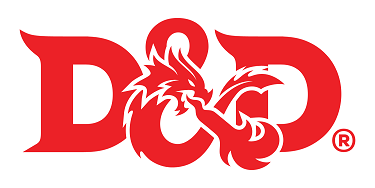|
【Find Steed】
Your steed serves you as a mount, both in combat and out, and you have an instinctive bond with it that allows you to fight as a seamless unit.
While mounted on your steed, you can make any spell you cast that targets only you also target your steed.
When the steed drops to 0 hit points, it disappears, leaving behind no physical form. You can also dismiss your steed at any time as an action, causing it to disappear. In either case, casting this spell again summons the same steed, restored to its hit point maximum.
While your steed is within 1 mile of you, you can communicate with each other telepathically.
You can't have more than one steed bonded by this spell at a time. As an action, you can release the steed from its bond at any time, causing it to disappear.
【Mounted Combat】
Mounting and Dismounting
Once during your move, you can mount a creature that is within 5 feet of you or dismount. Doing so costs an amount of movement equal to half your speed. For example, if your speed is 30 feet, you must spend 15 feet of movement to mount a horse. Therefore, you can’t mount it if you don’t have 15 feet of movement left or if your speed is 0.
If an effect moves your mount against its will while you’re on it, you must succeed on a DC 10 Dexterity saving throw or fall off the mount, landing prone in a space within 5 feet of it. If you’re knocked prone while mounted, you must make the same saving throw.
If your mount is knocked prone, you can use your reaction to dismount it as it falls and land on your feet. Otherwise, you are dismounted and fall prone in a space within 5 feet it.
Controlling a Mount
While you’re mounted, you have two options. You can either control the mount or allow it to act independently. Intelligent creatures, such as dragons, act independently.
You can control a mount only if it has been trained to accept a rider. Domesticated horses, donkeys, and similar creatures are assumed to have such training. The initiative of a controlled mount changes to match yours when you mount it. It moves as you direct it, and it has only three action options: Dash, Disengage, and Dodge. A controlled mount can move and act even on the turn that you mount it.
An independent mount retains its place in the initiative order. Bearing a rider puts no restrictions on the actions the mount can take, and it moves and acts as it wishes. It might flee from combat, rush to attack and devour a badly injured foe, or otherwise act against your wishes.
In either case, if the mount provokes an opportunity attack while you’re on it, the attacker can target you or the mount.
|

